Health Benefits Awareness
The growing awareness of health benefits associated with hummus consumption is a key driver in the hummus market. Consumers are increasingly informed about the nutritional advantages of hummus, which is rich in protein, fiber, and essential vitamins. This heightened awareness is likely to influence purchasing decisions, as individuals seek foods that contribute to their overall well-being. Recent studies indicate that hummus can aid in weight management and improve heart health, further enhancing its appeal. The hummus market is positioned to thrive as health-conscious consumers prioritize products that align with their dietary goals. Additionally, the rise of clean label trends, where consumers prefer products with minimal and recognizable ingredients, supports the growth of hummus as a wholesome option. As health benefits become more widely recognized, the hummus market is expected to experience sustained growth.
Increased Snacking Culture
The transformation of eating habits in the US, particularly the shift towards snacking, significantly influences the hummus market. Consumers are increasingly seeking convenient, healthy snack options that align with their busy lifestyles. Hummus, with its rich flavor and nutritional profile, serves as an ideal choice for on-the-go snacking. Recent surveys indicate that nearly 50% of consumers prefer snacks that are both healthy and satisfying. This trend is likely to bolster the hummus market, as brands innovate to create new flavors and formats that cater to this demand. Furthermore, the rise of social media has amplified the visibility of hummus as a trendy snack, encouraging more consumers to incorporate it into their diets. As the snacking culture continues to evolve, the hummus market is poised to capitalize on this growing consumer preference.
Innovative Flavor Profiles
The introduction of innovative flavor profiles is a significant driver in the hummus market. As consumer palates evolve, there is a growing demand for unique and diverse flavors that go beyond traditional offerings. Brands are experimenting with ingredients such as roasted red pepper, garlic, and even dessert-inspired flavors to attract a broader audience. Market data suggests that flavored hummus products have seen a growth rate of approximately 15% in recent years, indicating a strong consumer interest in variety. This trend not only caters to adventurous eaters but also encourages repeat purchases as consumers seek to try new options. The hummus market is likely to continue benefiting from this trend, as innovation in flavor can lead to increased market share and consumer engagement. As brands push the boundaries of traditional hummus, the potential for growth in this segment remains substantial.
Expansion of Retail Channels
The expansion of retail channels plays a crucial role in the growth of the hummus market. With the proliferation of grocery stores, specialty food shops, and online platforms, consumers have greater access to a variety of hummus products. Recent statistics reveal that online grocery sales have surged by over 30% in the past year, indicating a shift in shopping behavior. This trend is likely to enhance the visibility and availability of hummus, making it easier for consumers to purchase their preferred brands. Additionally, retailers are increasingly dedicating shelf space to health-oriented products, including hummus, which further supports market growth. The hummus market stands to benefit from this retail evolution, as it allows for greater consumer engagement and product experimentation. As more retail channels emerge, the potential for increased sales and brand loyalty in the hummus market appears promising.
Rising Demand for Plant-Based Foods
The increasing consumer preference for plant-based diets is a pivotal driver in the hummus market. As more individuals adopt vegetarian and vegan lifestyles, the demand for plant-based protein sources, such as hummus, has surged. According to recent data, the plant-based food sector has experienced a growth rate of approximately 27% in the past few years. This trend is likely to continue, as consumers become more health-conscious and environmentally aware. The hummus market benefits from this shift, as it is perceived as a nutritious and versatile option for meals and snacks. Additionally, the rise of flexitarian diets, where consumers reduce meat consumption without fully eliminating it, further propels the popularity of hummus. This evolving dietary landscape suggests a robust future for the hummus market, driven by the quest for healthier, plant-based alternatives.


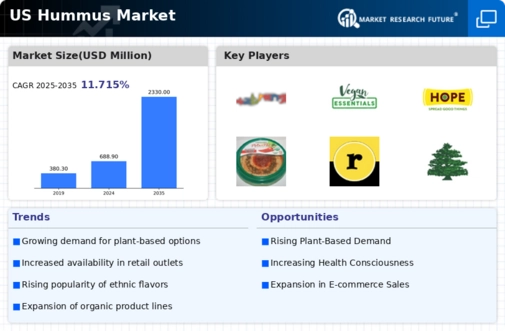
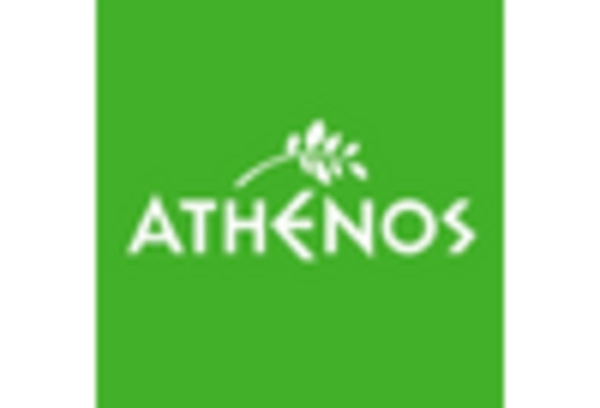
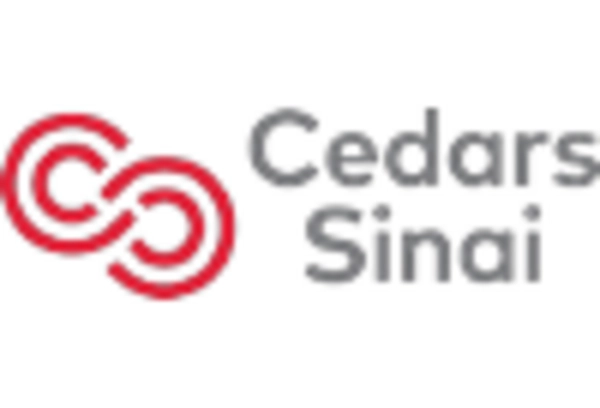
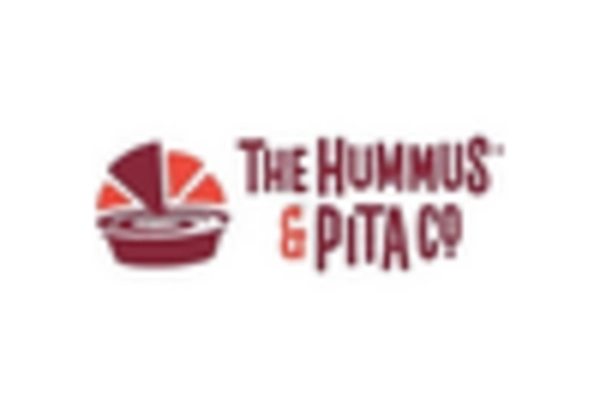
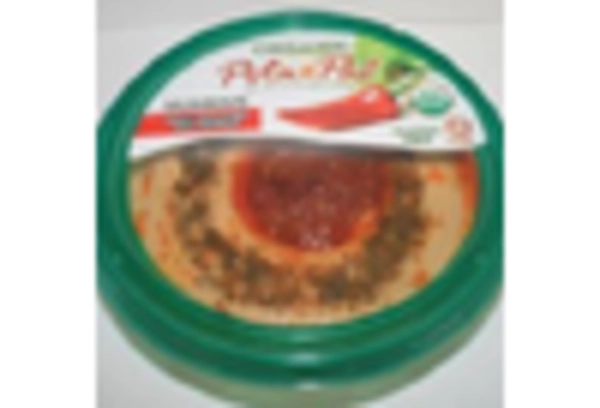

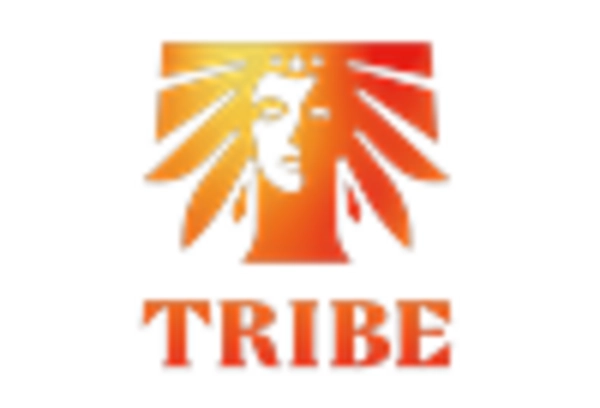








Leave a Comment